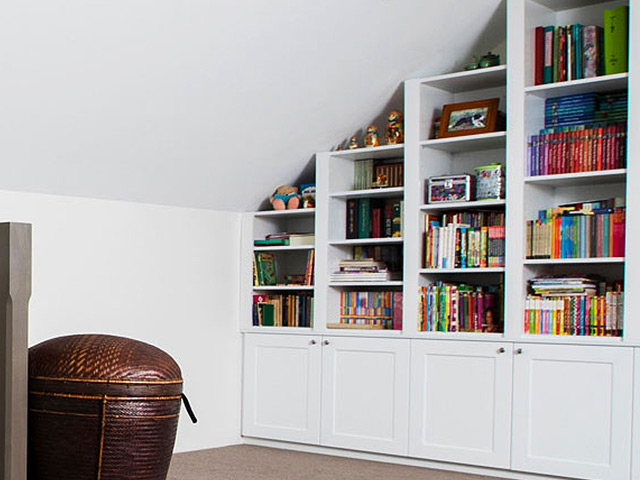
Eco-Friendly Interiors: How to Prioritise Sustainability in Your Home
A sustainable home is designed in a way that respects natural resources by optimising energy and water use. The use of quality systems that ensure durability and low-impact go a long way to encouraging a more sustainable lifestyle.
If you’re in the process of a new build or renovation, we’ve compiled a list of things to consider in the early stages of planning to help you prioritise sustainability.
1. Passive Solar Design
When sunlight strikes a building, the building materials can reflect, transmit, or absorb the solar radiation. Optimise your design by making use of the sun’s energy for the heating and cooling of living spaces. Take advantage of natural light and airflow to heat and cool the home naturally and reduce the energy consumption of cooling and heating systems.
Consider the sun’s positioning when designing the orientation of your space. What time of the day are you spending in rooms that see direct sunlight? Will TV visibility be affected by the sun streaming in? Will there be enough natural light throughout the day to minimise the use of artificial lighting?
2. High Performance Windows
The most efficient windows will keep your heated or cooled air where you want it and not let drafts in. Implement new technologies such as double glazing, window tinting, special coatings and nonconductive frames – depending on your environment. Low solar gain windows and double glazing are great for warmer climates. While insulated frames, triple-glazed windows and designs that eliminate drafts are best suited for colder climates.
Window tinting is a cost effective solution to keep your home cooler during the summer months. Window tinting rejects the solar energy from the sun which helps to lower your air conditioning running costs, as the tint helps to maintain a comfortable temperature. It also eliminates any glare entering your home, prevents furniture, walls and flooring from fading and offers UV protection.
3. Using Eco and Water-Based Paints
When painting your home, opt for water-based paints that contain natural pigments. Avoid paints with high levels of Volatile Organic Compounds (VOC), which can lead to a range of health issues and contribute to air pollution.
Paints with low VOC levels and eco-paints are less toxic to manufacture and will improve the indoor air quality of your home, in comparison to traditional coatings.
4. Renewable Energy Solutions
Solar panels are an investment that will benefit both the environment and your wallet in the long-term. Yes, there will be an initial layout of money, but you will save money on your power bill with your home operating completely or partially operating off renewable energy.
5. Insulate your Home Properly
A well-insulated home holds in heat properly and takes less energy to reheat your living space when you really need to. Insulated walls and roofing are a great place to start.
6. Install a Smart Meter
Smart home systems aren’t just convenient, they’re incredibly useful for energy efficiency. Smart meters can connect to and control your appliances to automate specific tasks such as turning devices on and off at certain times.
7. Recycle and Reuse Construction Waste
Recycle where possible during construction and consider what materials can be saved and used in the future. You can also sell building materials that have residual value instead of sending them straight to landfill.
Sustainable home design is not just a trend – it’s becoming the future for many Australian homes and rightfully so. If you are interested in a sustainably smart and efficient home, our team are experts at designing beautiful, functional homes that prioritise sustainability. Get in touch with us today!
Enquire Today

